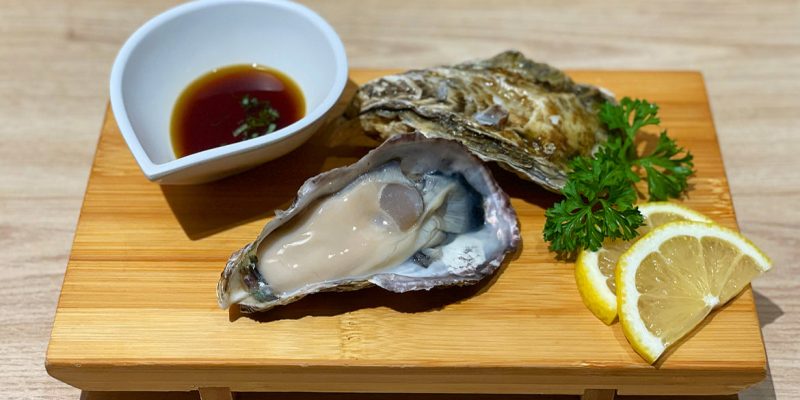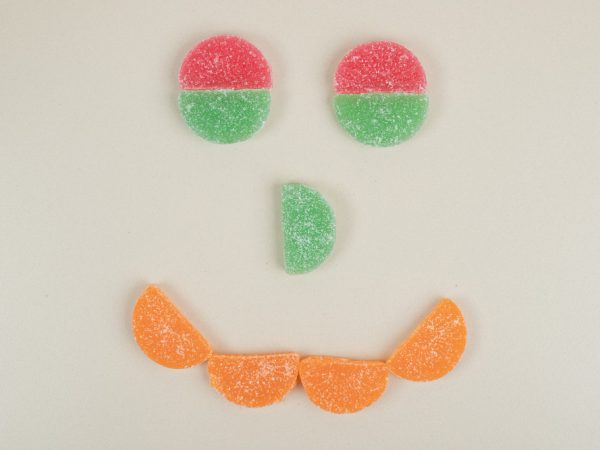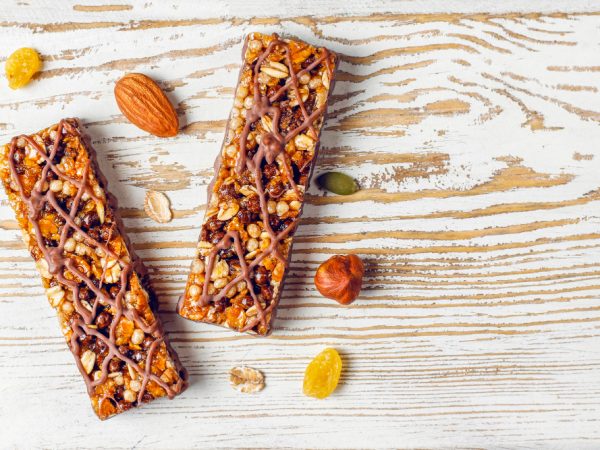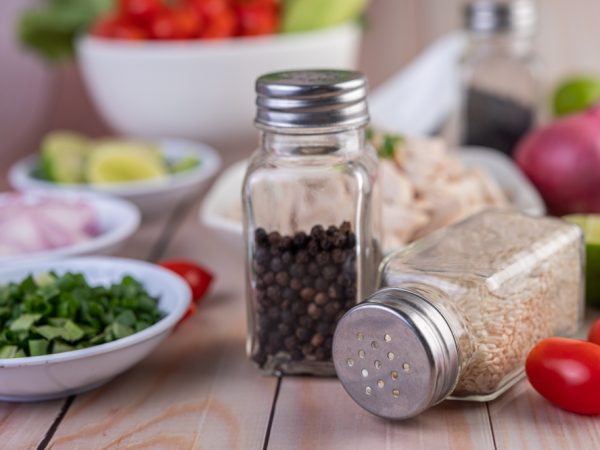Hyogo Oysters: Japan’s Premium Shellfish from Sea to Table

In the world of premium seafood, few names are as revered as Hyogo oysters. Cultivated in the pristine waters of Japan’s Hyogo Prefecture, these oysters are celebrated for their clean flavor, plump texture, and delicate brininess. Whether slurped raw with a squeeze of citrus or grilled over open flame, Hyogo oysters represent the pinnacle of Japan’s aquaculture traditions.
This article will take you on a journey from the coastal oyster farms of Hyogo to the elegant tables of Tokyo and beyond. We’ll explore what makes Hyogo oysters special, how they’re farmed, how to enjoy them, and why they’ve become a favorite among chefs and seafood lovers across the globe.
The Hyogo Region: A Perfect Cradle for Oysters
Located in the Kansai region of Japan, Hyogo Prefecture is bordered by both the Sea of Japan to the north and the Seto Inland Sea to the south. It’s in this Seto Inland Sea — specifically in areas like Ako, Himeji, and Akashi — where Hyogo oysters are cultivated.
Why Hyogo is Ideal for Oyster Farming
- Nutrient-rich waters from river systems and tidal flows
- Stable salinity and temperature levels ideal for oyster growth
- A long coastline with natural bays and estuaries
- Generations of local expertise in shellfish farming
These conditions allow the oysters to grow slowly and absorb the complex nutrients of their environment, resulting in oysters that are large, juicy, and flavorful, without being overwhelmingly salty.
How Hyogo Oysters Are Farmed
Japan’s oyster farming is renowned for its precision and care, and Hyogo’s producers are no exception. The process typically involves suspension culture, where oysters are raised on hanging ropes or nets in open water. This protects them from predators and allows for a cleaner, more consistent product.
The Farming Process
- Spat Collection – Oyster larvae, or “spat,” are collected on special collectors.
- Suspension Cultivation – Spat are moved to hanging ropes in shallow coastal waters.
- Maturing Period – Oysters are grown for 1 to 2 years, depending on the desired size and season.
- Harvest & Grading – Oysters are harvested, cleaned, and sorted by size and quality.
- Purification – Before shipping, oysters are often purified in UV-treated seawater to remove impurities and bacteria.
Thanks to this meticulous process, Hyogo oysters are among the cleanest and safest raw oysters available, meeting both Japanese and international standards.
Taste Profile: What Makes Hyogo Oysters Special?
Hyogo oysters are praised for their balance of sweetness, creaminess, and brine, making them ideal for raw consumption. Compared to oysters from colder northern waters like Hokkaido, Hyogo oysters tend to be:
- Softer in texture
- Less salty
- More savory and sweet
This makes them particularly appealing to those who enjoy a milder, more refined oyster experience. Chefs also favor them because they take well to a variety of cooking methods — from grilled and steamed to deep-fried or served in hot pots.
Peak Season: When to Eat Hyogo Oysters
Hyogo oysters are harvested year-round, but they are best enjoyed during the winter months, particularly from December to March. During this time, the waters are coldest, and the oysters:
- Grow plumper
- Have a firmer bite
- Develop a richer umami taste
Seasonal Note
- Winter (Dec–Mar): Best for raw oysters — large, rich, and flavorful
- Spring–Summer (Apr–Aug): Still available, but often used in cooked dishes
- Autumn (Sep–Nov): Baby oysters and early harvests with lighter flavor
In Japan, many oyster festivals, or “kaki matsuri”, are held during winter to celebrate the harvest. These festivals offer grilled oysters, oyster soups, and even oyster pizza — a must-visit for seafood lovers!
Culinary Uses: From Raw to Robata
Hyogo oysters are extremely versatile in Japanese and international cuisine. Their naturally clean taste makes them excellent raw, while their size and firmness hold up beautifully when grilled, steamed, or deep-fried.
Popular Ways to Enjoy Hyogo Oysters
- Raw with ponzu or lemon – The purest expression of the oyster’s flavor
- Grilled with soy butter – A rich and smoky street food favorite
- Kaki Fry (deep-fried oysters) – Breaded and fried, usually served with tartar sauce
- Oyster Nabe (hot pot) – Simmered with vegetables in a light dashi broth
- Oyster rice (Kaki Gohan) – A comforting rice dish steamed with oyster juice and soy
Restaurants in Tokyo, Osaka, and Singapore now regularly feature Hyogo oysters on their menus, serving them in fusion formats such as oyster sashimi tacos, oyster pasta, and oyster sliders.
Nutritional Benefits of Hyogo Oysters
Beyond their flavor, Hyogo oysters are nutrient powerhouses. They’re low in calories but high in essential vitamins and minerals.
Nutritional Highlights
- Rich in Zinc – Essential for immune function and skin health
- High in Vitamin B12 – Supports brain and nerve function
- Source of Omega-3 Fatty Acids – Good for heart and brain health
- Packed with Iron, Magnesium, and Selenium
Their lean protein content and healthy fat profile make them a great choice for health-conscious eaters, as well as athletes and those on low-carb or keto diets.
Where to Try Hyogo Oysters in Singapore & Abroad
Thanks to Japan’s export capabilities, Hyogo oysters are enjoyed around the world — especially in gourmet markets, high-end restaurants, and seafood bars. In Singapore, you’ll find them at:
- Japanese izakayas and sushi bars (e.g., Kinki, Shinzo, Fat Cow)
- Premium supermarkets (e.g., Isetan, Don Don Donki)
- Oyster bars like The Oyster Bank, Humpback, and Greenwood Fish Market
Look out for labels like
- “Hyogo Kaki”
- “Fresh Japanese Oysters”
- “Seto Inland Sea Oysters”
Make sure to ask your server or fishmonger about origin and harvest dates — freshness is everything when it comes to oysters.
Conclusion
From the nutrient-rich waters of the Seto Inland Sea to the polished plates of fine dining restaurants, Hyogo oysters embody the very best of Japan’s coastal bounty. Their delicate flavor, sustainable cultivation, and culinary versatility have earned them a place at the top of the global oyster hierarchy.
Whether enjoyed raw with a squeeze of citrus or grilled over charcoal with a drizzle of soy, Hyogo oysters are more than just seafood — they’re a cultural and gastronomic experience. For food lovers, chefs, and seafood connoisseurs, these oysters are a must-try delicacy that showcases the elegance of the sea, from farm to table.
FAQs
1. Are Hyogo oysters safe to eat raw?
Yes! Hyogo oysters undergo rigorous purification and safety checks. They are purified in UV-treated seawater, making them safe for raw consumption when fresh.
2. How do Hyogo oysters differ from other Japanese oysters?
Hyogo oysters are generally less briny and more balanced in flavor compared to oysters from colder regions like Hokkaido. They also tend to be larger and creamier.
3. When is the best time to eat Hyogo oysters?
The peak season is from December to March, when the oysters are plump, rich, and at their most flavorful.
4. Where can I buy Hyogo oysters outside of Japan?
You can find them at Japanese supermarkets, premium seafood markets, or fine dining restaurants specializing in Japanese cuisine in cities like Singapore, New York, and London.
5. Can I cook Hyogo oysters at home?
Absolutely. They are great grilled, steamed, deep-fried, or added to hot pots. Just be sure to clean and cook them properly, and consume them fresh.
Als read: Antarctic Plate Fun Facts: 10 Mind-Blowing Discoveries You Won’t Believe!










